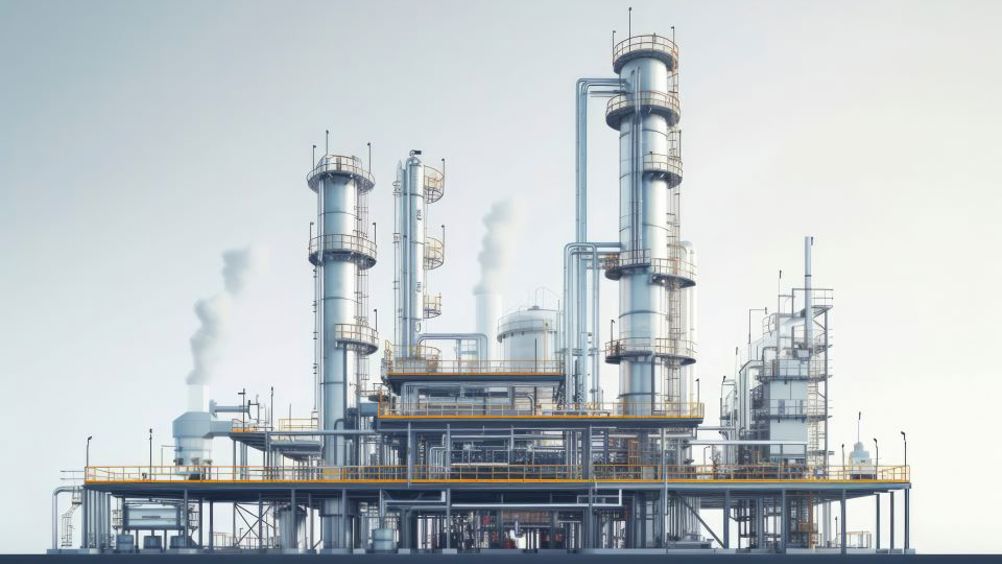Catalyst activated by light for steam methane reforming
Steam methane reforming (SMR) could be performed without emissions following the development of a catalyst that uses light rather than heat to drive reactions.

The research from Rice University in Texas could also extend the lifetime of catalysts by improving efficiencies and reducing costs for industrial processes hindered by coking.
The new copper-rhodium photocatalyst features an antenna-reactor design that, when exposed to a specific wavelength of light, breaks down methane and water vapour without external heating into hydrogen and carbon monoxide.
In a statement, Peter Nordlander, Rice’s Wiess Chair and Professor of Physics and Astronomy, said: “This is one of our most impactful findings so far, because it offers an improved alternative to what is arguably the most important chemical reaction for modern society. We developed a completely new, much more sustainable way of doing SMR.”
Nordlander and Naomi Halas, Rice University Professor and the Stanley C. Moore Professor of Electrical and Computer Engineering, are the corresponding authors on a study about the research published in Nature Catalysis.
The new SMR reaction leverages the 2011 discovery from the Halas and Nordlander labs at Rice that plasmons can emit ‘hot carriers’ or high-energy electrons and holes that can be used to drive chemical reactions.
Register now to continue reading
Thanks for visiting The Engineer. You’ve now reached your monthly limit of news stories. Register for free to unlock unlimited access to all of our news coverage, as well as premium content including opinion, in-depth features and special reports.
Benefits of registering
-
In-depth insights and coverage of key emerging trends
-
Unrestricted access to special reports throughout the year
-
Daily technology news delivered straight to your inbox










Water Sector Talent Exodus Could Cripple The Sector
Maybe if things are essential for the running of a country and we want to pay a fair price we should be running these utilities on a not for profit...